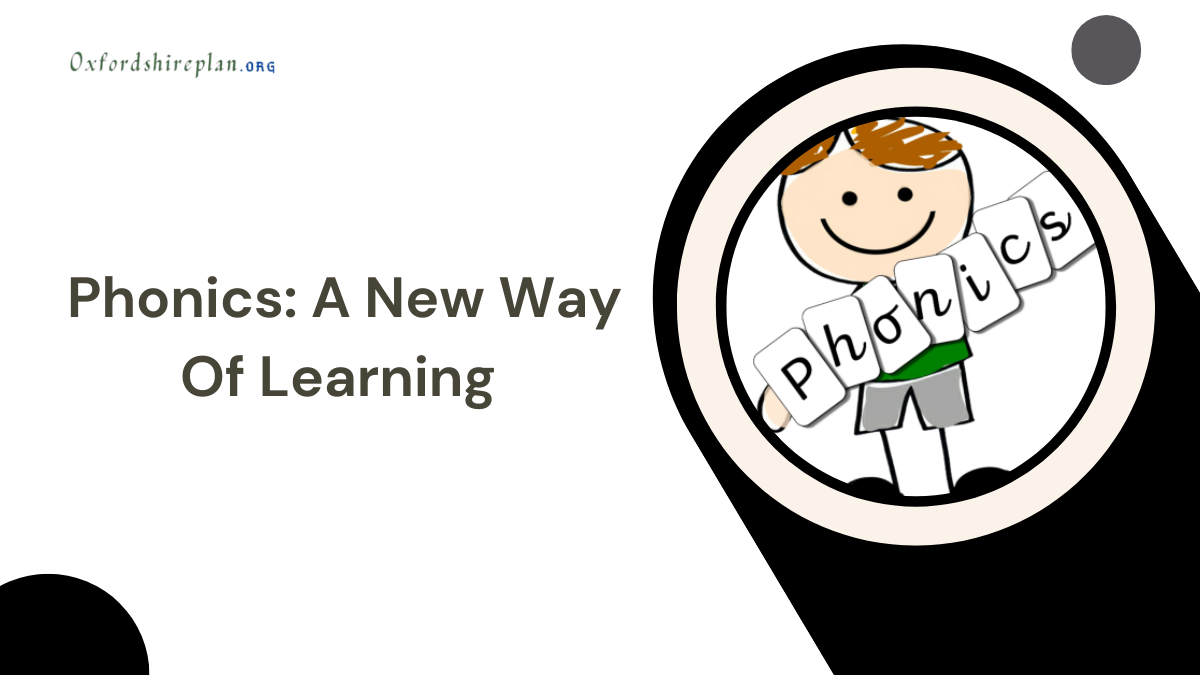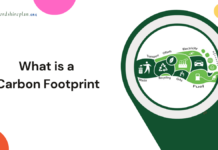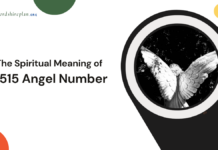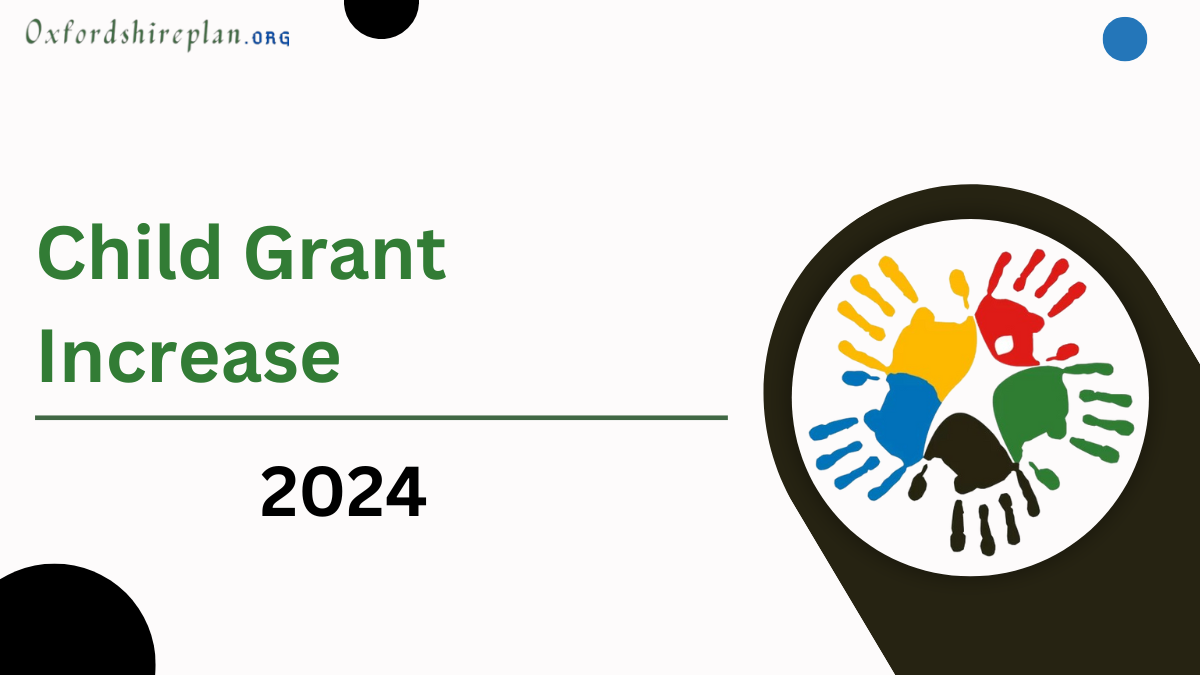Do you also want to improve your child’s understanding of learning? Do you get sick of the old teaching method and want to try a new, interesting, and fun method that will help your child gain a newer understanding of lessons? Phonics can solve your problem. If you want to know how keep reading.
Phonics is a new study approach that helps kids learn by focusing on letter sounds. Let’s understand how it helps in reading and writing .
Reading: Phonics helps students learn new words.
Writing: phonics helps in the correct pronunciation of words because it tells you what letters go with which sounds.In short, phonics helps improve reading and writing by connecting letters and sounds together.

Contents
PHONEMIC AWARENESS IMPROVES READING FLUENCY
When students develop phonemic awareness, they improve their hearing and word use, helping them read better and faster.
They develop reading fluency skills, i.e., reading quickly and fluently with expressions and good body language. Additionally, their writing becomes faster and more expressive.
How To Teach Reading Using Phonics
Phonics, known as synthetic phonics, is an excellent and old way to teach students writing and reading. It’s the primary and oldest method used in English-speaking countries. Phonics primary aim is to make a student understand the connection between sounds and their spellings. There are 26 letters, but the sounds are 44, so it is necessary to make the kids understand how sounds can be pronounced in different ways and how letters match up with these sounds.
Phonics uses two methods; one is segmenting, meaning, and breaking words into individual sounds so that they understand how letters and sounds go together. Another method is blending, which keeps those sounds together to read the whole word. Let us deeply understand the above two methods.
SEGMENTING AND BLENDING
Phonics allows students to learn and prepare by focusing on the sounds that letters produce. They do not use the standard method of guessing or understanding complex words.
Phonics requires students to break down words into their individual sounds, which is called segmenting, and then blend those sounds together to read the whole word, which is called blending. Using these techniques, Students became fast learners and more confident when reading. This method is considered productive for reading and writing, as students know the importance of the connection between sounds and letters.
DECODING AND ENCODING: THE BRIDGE BETWEEN READING AND WRITING
Two other things happen simultaneously. First, decoding means becoming efficient in reading. When students become fluent in reading, they can also become the same in writing, which means encoding.
Writing activities, such as practising letter formation, can advance reading and writing skills in phonics lessons.
WHAT ABOUT SIGHT WORDS?
English is not just one language but includes many other languages, like Latin, Greek, Celtic, German, and French, which is why it has created many spelling irregularities. While synthetic phonics are fantastic for teaching reading, they can’t be suitable for all language words, which is why it is suggested that students learn words by sight.
Sight words are commonly known as high-frequency words. These words are used often in texts, do not follow common spelling rules, and can’t always be pronounced right out using phonics.
75% of sight words appear in children’s books, so it has become necessary to teach phonics and sight words simultaneously.
Before jumping to learning, it is necessary to know the primary stages of phonics; the Stages of phonic teaching are as follows;
- THE PRE-PHONICS STAGE – this stage includes 3 skills ;
- LISTENING SKILLS: In these skills, students are taught to listen carefully to sounds of speech. They should know how to segregate speech sounds from other environmental sounds. To practice this better, they play different listening games and develop good aural comprehension.
- SOUND REPRODUCTION SKILLS: After knowing the difference between sounds, children should reproduce them themselves. One can narrate the sound and ask the child to copy it, paying attention to how the shape of the mouth changes when making each sound.
- SEQUENCING SKILLS: It is essential to learn and read in sequence and to learn the individual sounds of words they hear. Children should also know which sounds will come after another in sequencing language, like after, before, first, then, etc.
2. SOUNDS AND ACTIONS
Kids may find it difficult to remember the sounds of languages, so it is advised to connect actions with every sound to make them fit in their minds forever.
For example:
– To teach the /a/ sound, ask children to open their mouths wide, assuming they’re eating an apple.
– To teach the /m/ sound, ask children to rub their tummies as if they’ve eaten something yummy and say “mmmmm.” By taking action, students will remember easily and, later, breaking words into individual sounds will avoid any mistakes.
- THE LETTER AND SOUND CORRESPONDENCES – the primary aim of Phonics is to make connections with letters and sounds; to be more productive, here are a few points that can help you in your learning journey: Letter Names vs. Letter Sounds—Kids need to know that the letters and sounds produced are different. For example, the letter “c” is called /see/, but it usually sounds like /k/ or /s/. You might think that this is common, but some teachers do not understand this and make reading complex for students. When you get to know these basics, learning and reading becomes easy.Letters. Don’t Make the Sounds—Letters may represent different sounds, and many other ways exist to produce the same sound. Hence, it is necessary to connect students with sounds and letters and repeatedly ask which letter makes which sound.
Below are the tips for suitable Phonics lessons ;
- Keep phonics as short as possible, not more than 20 minutes.
- Always be consistent in attending classes daily for better results.
- Keep things going in phonics lessons. Don’t wait for everyone to master every detail.
- Make your learning and reading a fun activity by adding suitable activities.
Conclusion
Phonics is a new and excellent approach to teaching writing and reading by making connections with sounds and letters. Additionally, by learning sight words, keeping lessons short, and attending classes daily, one can build a strong understanding of reading and writing skills.
To maintain children’s interest in studies, it is always suggested to keep learning interesting.
Faq
Q What are the four types of phonics?
Ans There are four significant types of phonics: analogy, Embedded, synthetic, and Analytical. Each has its benefits and drawbacks.
Q What are the five pillars of phonics?
Ans there are major five pillars, which are Fluency, vocabulary, phonics, awareness and Comprehension.
Q: Why is it called phonics?
Ans The term phonics comes from the Greek word “phone,” which means sound. Phonics focuses on the sounds of spoken language and how these sounds correspond to letters.
Q: What is blending in phonics?
Ans Combining the individual sounds of words smoothly to read the word as a whole is known as blending.
Click here to learn more.

I am a passionate technology and business enthusiast, constantly exploring the intersection where innovation meets entrepreneurship. With a keen eye for emerging trends and a deep understanding of market dynamics, I provide insightful analysis and commentary on the latest advancements shaping the tech industry.















